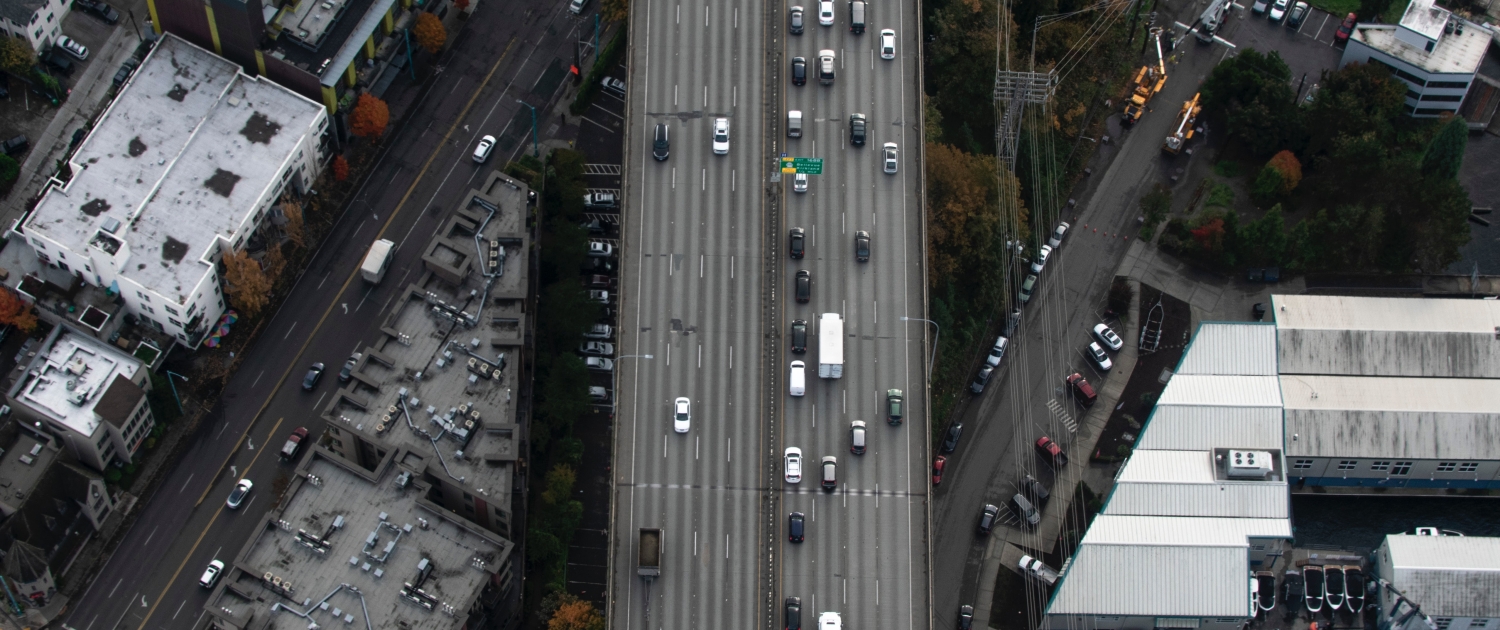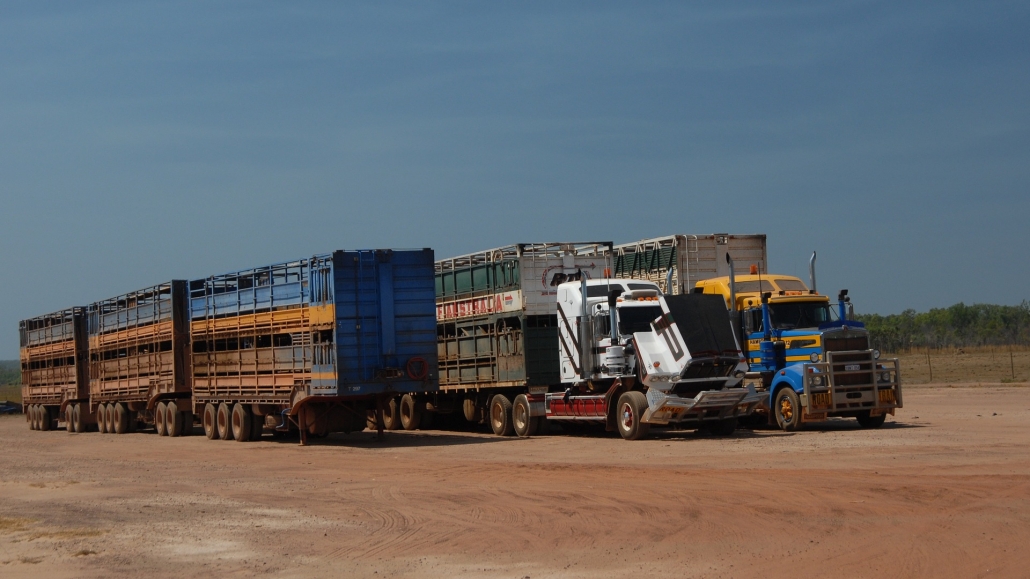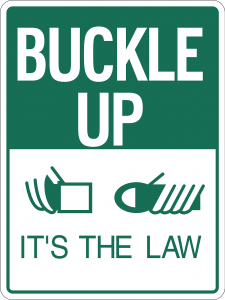
Every year, the first week of October marks National Mental Health Awareness Week in the U.S. This is an important reminder of the struggles facing those who deal with mental illness, and a chance for everyone to evaluate their impact on the mental health of those around them.
Anyone who works in the trucking industry can understand the sacrifices truck drivers make when they hit the road, away from their families, loved ones, and a normal routine for long periods of time. A 2018 study appearing in the International Journal of Environmental Research and Public Health found that the prevalence of depression in truck drivers is 13.6%, nearly double the rate found in the American public. In fact, according to the Transport Workers’ Union, one in five truck drivers has experienced mental health issues.
Increased understanding of mental health issues and accessible resources and support can ensure that no truck driver feels that they are alone. Keep reading to find out 3 key tips to prioritize and protect your drivers’ mental health.
Tip 1: Utilize Online Resources
In a career like trucking, it can be difficult to establish a routine schedule of check-ins and support.
This is why advancements in telehealth and other online resources have made prioritizing the mental health of your employees much easier.
Online platforms like BetterHelp provide access to licensed, trained, experienced, and accredited psychologists, entirely online. As the world’s largest e-counseling platform, BetterHelp is a great resource to share with all your drivers to show that you care about finding the right solution for them.
Another online resource to consider is Espyr, a national behavioral health company that aims to increase physical well-being and productivity in organizations. Espyr does this by providing behavioral health care specialists who assist employees in a range of areas, from acute and chronic health conditions to leadership development. The platform even includes Fit To Pass, a training program that coaches professional drivers in maintaining healthy habits and offers advice to pass their DOT recertification physical exams.
Tip 2: Promote Team Driving or a Pet Rider Program
One of the most challenging aspects of being a commercial driver is the feeling of isolation that can come with being apart from your family and loved ones. For many drivers, having someone else in the cab can alleviate loneliness and boost spirits while on the road, and this doesn’t always have to be another person!
Team driving is an easy solution to allow drivers the chance to have someone to talk to and share their experiences with. However, team driving isn’t the solution for everyone. Pet rider programs have been proven to benefit drivers’ mental health and increase employee retention, while also encouraging drivers to be more active and social while on the road.
Mentor programs are another great way to increase socialization among drivers while giving them a chance to ask questions and advice from more experienced drivers. Mentor programs are proven to increase retention and happiness rates among drivers, especially those who are still in the minority in this field, such as women and people of color.
Tip 3: Encourage Healthy Habits
Physical well-being is integral to a healthy mind, and unfortunately, the National Institute for Occupational Health and Safety found that over 80 percent of surveyed truck drivers reported they had at least one risk factor for chronic disease.
This isn’t surprising in a career where it can be difficult to remain active or access healthy, sustaining food. Employers can play an important role in reminding drivers to eat healthy, rest often, and stay hydrated. Provide your drivers with quick workouts they can do anywhere, and recommend healthy snacks they can bring on the road. It’s also important to remind drivers of the importance of taking breaks and getting enough sleep.
Truck drivers are the backbone of our economy and way of life, and they often don’t receive the recognition they deserve. An important way to change this reality is through better understanding and supporting their mental health.
Employers have a unique position that can enable them to help drivers prevent or fight mental health issues, even if the drivers aren’t initially aware of what they’re struggling with. If you believe one of your drivers requires immediate assistance, recommend them to visit their doctor or call the The National Suicide Prevention Lifeline. This number is a national network of local crisis centers that provides free and confidential emotional support to people in suicidal crisis or emotional distress 24 hours a day, 7 days a week. 1-800-273-8255.





 Comprehensive CDL Recruitment Solutions
Comprehensive CDL Recruitment Solutions








 Who is responsible for fleet safety? Is it left up to the drivers behind the wheel? Does concern for safety come from the top of the organization down? Is everyone aware of your safety policies? If you’re not sure of these answers, one of the best things you can do at this time is get your safety policies written down. And then share them with everyone. This is the best way to
Who is responsible for fleet safety? Is it left up to the drivers behind the wheel? Does concern for safety come from the top of the organization down? Is everyone aware of your safety policies? If you’re not sure of these answers, one of the best things you can do at this time is get your safety policies written down. And then share them with everyone. This is the best way to 




